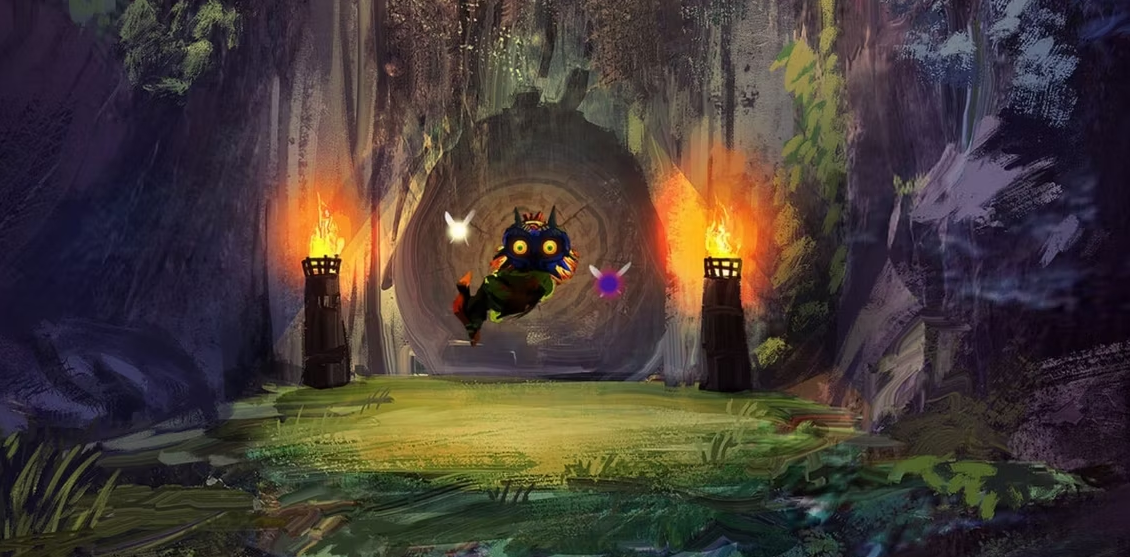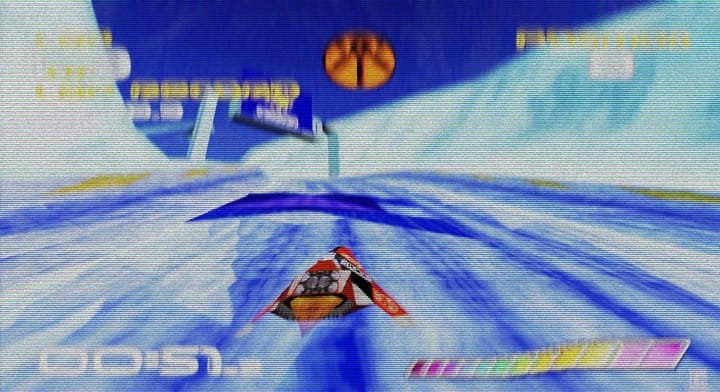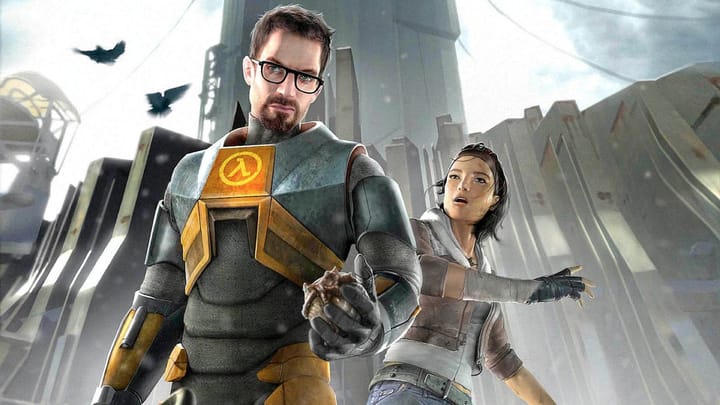Design Flaws Exposed: Five Game Mechanics Players Can't Stand
How bad game mechanics can spoil the fun for players

Do you ever wonder about the amount of effort that goes into designing, building and shipping a game? Some of the figures are mind-boggling.
According to various sources, developing a AAA game can take anywhere from two to five years, depending on the complexity of the game, the size of the team, and the available resources.
The average development budget of a AAA game can range from $60 million to $80 million, but some games can exceed $300 million or even $500 million.
These games require thousands of employees, including programmers, developers, artists, composers, writers, testers, and project managers.
Phew!
The marketing and distribution costs can also add up to millions of dollars. So making a AAA game is a huge investment of time, money, and effort, and it can be very risky for the developers and publishers.

Game design is a complex and challenging art, requiring creativity, skill, and passion on a huge scale.
But not every game mechanic is well-received by players, with some even turning a good experience into a frustrating one. It's crucial to get game design right and not annoy gamers with poor design choices.
But easier said than done, right?
So with that said, here are five game design choices that gamers hate.
Animation-Driven Movement
Animation-driven movement is when the character’s movement is determined by the animation, rather than the player’s input.
This can result in a lack of responsiveness, fluidity, and precision. Animation-driven movement can make the character feel like a boat, a puppet, or a ragdoll, rather than a living being.
It can be particularly jarring too if you've been enjoying the freedom of movement offered before any animation-driven movement, which is exactly how I felt about the "walking sections" in Days Gone.

In some parts of the game, you stroll alongside Deacon St. John's romantic partner, Sarah. These scenes aim to add depth to the characters, but they fall a bit short because of how they are implemented.
Why? Because they're sluggish, tedious, and linger on for too long. What could've been a brief two-minute scene turns into five minutes of painfully slow walking. It feels like a drag, contributing to pacing issues within the story.
And I say this as someone who will generally defend Days Gone.
It's not just Days Gone, however, as the Grand Theft Auto series and even Red Dead Redemption are guilty of it too.
Animation-driven movement can interfere with the gameplay, such as combat, stealth, or platforming. Players want to feel in control of their character, not watch them perform scripted actions.
Strict Time Limits
If you've read our piece on time constraints within a game, you'll know if done right, they give the player impetus to move forward.

But what about strict time limits that aren't, well, fun?
Strict time limits are when the game imposes a real-world timer on the player, forcing them to complete a task or a mission within a decidedly unfair amount of time.

This can result in stress, frustration, and anxiety - generally the opposite reason why people game in the first place.
Strict time limits can also disrupt the flow, pacing, and immersion of the game, as well as the player’s freedom, exploration, and creativity.
They can also be unfair, unrealistic, or arbitrary, depending on the game’s difficulty, logic, or theme. Players want to enjoy the game at their own pace, not rush through it under pressure.
So what's a fair way to implement strict time limits? Mini-games.
Mini-games are different in that they aim to create a stressful and intense instance for the gamer. In these cases, the time pressure can add to the challenge and excitement of the game.
Escort Missions
Escort missions are when the game requires the player to protect, guide, or follow a non-player character (NPC) from point A to point B. Of this list of design flaws, escort missions aren't necessarily inherently annoying, but they certainly can be if done poorly.
Poor escort missions are cited as being tedious, annoying, or rage-inducing, the most famous example being Wrong Side of the Tracks in Grand Theft Auto: San Andreas.
During the mission, Smoke tells CJ about a deal between the Vagos and San Fierro Rifa at Unity Station. After driving over to the train station, they quickly realise it's a trap. From the player's perspective, this is where the real fun begins.
You mount a twitchy scrambler with Smoke on the back.

Not only does CJ need to stay with Smoke at all times, but you must stay within range of the train you're chasing. If You or Smoke fall off the bike, the mission is a failure. If the train gets too far away, the mission is a failure.
You also need to stay in front of the train to give Smoke a chance to fire backwards, leaving you to concentrate on the twisty, narrow terrain ahead of you. But Big Smoke? He's not such a good aim.
Oh, and the Vagos gang members Smoke is shooting at are bullet sponges, to say the least. This mission is the perfect example of a difficulty spike anomaly that frustrates when compared to the rest of the game.
And to think all we had to do was follow the damn train.
Escort missions can be a mixed bag - challenging, boring, or frustrating, depending on the NPC’s behaviour, intelligence, or vulnerability.
Escort missions can also clash with the game’s tone, theme, or logic, as well as the player’s agency, autonomy, or personality. Players want to play the game, not babysit an NPC.
Quick Time Events
Quick-time events (QTEs) are a gameplay mechanic that requires the player to perform a specific action on the controller in response to an on-screen prompt, usually during a cutscene or a cinematic sequence.
Did you miss the QTE during that cinematic sequence? Tough luck, here's five more - quick! Even tougher luck, you're sent back to the beginning of the cinematic sequence because you weren't quick enough.
So why do game designers even use QTEs?
Folks that defend them, and there aren't many to be fair, often say they're used to create a more immersive and cinematic experience, as well as to test the player’s reflexes and timing.
I know of plenty, of fairer, ways in which you can test a gamer's reflexes, and it has to be said, QTEs aren't the way to go about it.
The vast majority of people are critical of QTEs. One of the common complaints about QTEs is that they are inconsistent with the regular gameplay controls.

They also do a pretty good job of breaking the immersion and the flow of a game. They're all the more frustrating if they cause the player to lose health, require them to restart the sequence, or even worst of all, result in a game over.
Microtransactions
Surely the most maligned of everything mentioned here so far?
Microtransactions are when a game requires the player to pay real money to access or unlock certain features, items, or content.
Why is this a problem? Well, it really depends on who you ask, because unfortunately, generations of gamers are growing up that consider microtransactions the norm.

Those in the anti-microtransactions camp think it's unfair to pay full price for a game (potentially $70) to then need to fork out more money to unlock skins, weapons and characters.
Resentment, disgust, hatred - there are plenty of examples of sheer negativity throughout the internet. Rather significantly, microtransactions can also affect the game’s balance, quality, or integrity.
Microtransactions can also prey on the player’s psychology, addiction, or impulse, and make the player feel ripped off, pressured, or manipulated.
Instead of buying the game, players overwhelmingly prefer to work for it.
Game designers should be careful, thoughtful, and respectful when implementing these mechanics, and avoid them if possible. Otherwise, they might end up alienating or infuriating their audience and losing their trust or loyalty.
This isn't an exhaustive list. These are game mechanics that have bugged me over the years, and I know they've bugged plenty of others too. While gaming investments continue to rise, and teams become more aware of the frustrations of gamers, I'd like to think most of these issues will be a thing of the past.
Except for microtransactions. The morning after the night before bad fart of the gaming industry, unlikely to clear anytime soon.





Comments ()